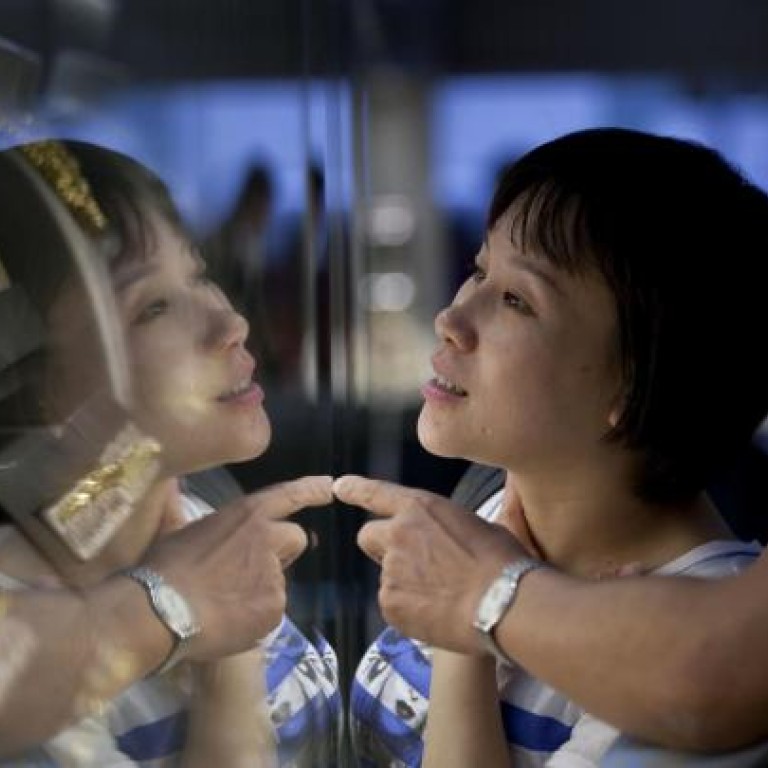
Cross-border influx 'not likely to give big lift' to retail sales
New entry rules could mean some growth but also drive out big spenders, industry group says
Hong Kong retailers suffered their worst performance in three years last month, with an influx of mainland shoppers expected to do little to ease the malaise.
The value of retail sales grew just 3.8 per cent in July, a traditionally robust shopping month. This was the slowest growth since September 2009 when the city was still in the aftermath of the global financial crisis.
The Hong Kong Retail Management Association said the central government's decision to relax entry permits to Hong Kong for non-permanent residents of six mainland cities might not be the right solution. Instead, the expected influx of new visitors could make the city too crowded for other big-spending tourists. From Saturday, non-permanent residents of Shenzhen, Beijing, Tianjin, Shanghai, Chongqing and Guangzhou will be able to apply through local police departments to visit Hong Kong.
The 4.1 million non-permanent Shenzhen residents have caused public concern because they will be able to apply for multiple-entry permits and most are low-income migrant workers who might seek to work illegally in the city.
While association chairwoman Caroline Mak Sui-king said Shenzhen's non-permanent residents could still stimulate retail sales, especially for cheaper items, they could also push up rents, make the city's shopping areas even more crowded and drive away big-spending tourists.
"A salesperson has to take care of every customer, whether they are spending or not. So with more customers they inevitably will spend less time and attention on each person. In the end there may be more work and yet smaller transactions," Mak said.
She estimated that up to three million of Shenzhen's 4.1 million non-permanent residents were migrant workers who earned about 2,500 yuan (HK$3,058) a month while the rest were executives. "They should [together] contribute to some growth of the local retail sector, but don't expect them to be the source of double-digit growth," she said.
The sector maintained a forecast of 8 per cent growth in retail sales this month, but the association wound down the annual growth forecast to between 10 and 13 per cent from 12 to 15 per cent earlier this year.
The fall in July's retail figures was mainly caused by shrinking local consumption. Sales in small traditional rice and food stores, for example, fell 15.2 per cent year on year last month to HK$66.5 million - the biggest drop among the various categories. Fresh and frozen food plus furniture and fixtures also led the fall, with sales value dropping 6.6 per cent year on year. Books and stationery - traditionally strong summer sellers, were down by 10.2 per cent, while department store sales grew by just 2.7 per cent.
Sales of jewellery and watches, a common barometer of mainland tourists' spending, remained lukewarm, seeing only a growth of 0.9 per cent in sales value and a drop of 3.1 per cent in volume in July.
